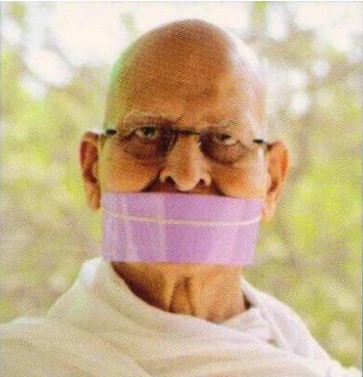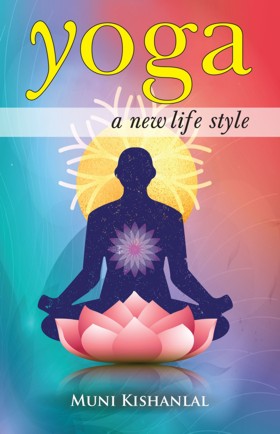
Gaumukhasana
(Cowface Posture)
Since ancient times, cow (gau) has had a very sacred and important place in Indian culture. The basis of life for both a farmer (krishi) and a saint (rishi) in India has been cow. Keeping in mind life, nature and development of a human being, the Indian Rishimunis and Yogis formulated these asanas thousands years ago.
These asanas were a benchmark in ancient India and they are the same in today's modern world. Today, science is reiterating what our rishis averred 5000 years ago. Yoga has made a comeback and man wants to benefit from it. Not only does he want to be healthy and fit but also wants that coming generation should inherit a society that is healthy and fit-physically, mentally, spiritually and emotionally. The rishis have adopted the posture of almost every living being and created this ancient art of yoga. Next in order is the posture that resembles the 'mouth of cow'-Gaumukhasana.
Method
Sit on mat in Sukhasana. Bring right leg over left leg and to left side in such a way that right thigh is placed on left thigh and right knee.
is on left knee. Now lift right hand up, bend from elbow and place it on back. Similarly bend left hand from elbow and from below take it close to right hand. If you can, let right hand hold left wrist or lock fingers together. This is posture of Gaumukhasana. Keep spine erect, neck straight and vision in front.


Gaumukhasana (Cowface Posture)
Duration
Like with the other asanas, begin practice of this asana for half a minute only. Slowly time can be increased up to three minutes. Since this asana is also useful during meditation and contemplation, once perfected, time can be increased as per requirement. Maintain deep and slow breathing while holding wrists or fingers. When in position, inhale, expand chest and hold breath for a while, exhale slow and long and then breathe normally. Come back to original position and practice asana by reversing the position of legs.
Effect on Health
During practice of this asana, stretch is felt by vertebrae resulting in helping spine to remain erect. Along with hands, shoulders, elbows and fingers as well as related joints remain active and healthy.
This asana mostly influences spine resulting in all related glands remaining active and healthy. Their balanced secretions enhances their working thus maintaining balance in body. The stretch felt at top of spinal cord (Sushumna Nadi) activates all nerves resulting in improved memory and functionality.
Other Benefits
Regular practice of this asana relieves practitioner from aches in back, neck, shoulders and joints of legs and hands. This has proved to be a very beneficial asana also for people suffering from Diabetes. The enlargement of testes is halted and a cured Hernia is also observed among people who regularly practice this asana.
 Muni Kishan Lal
Muni Kishan Lal
